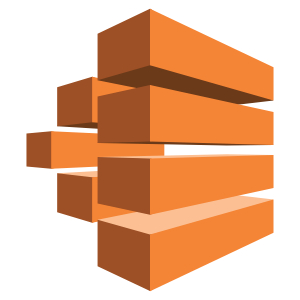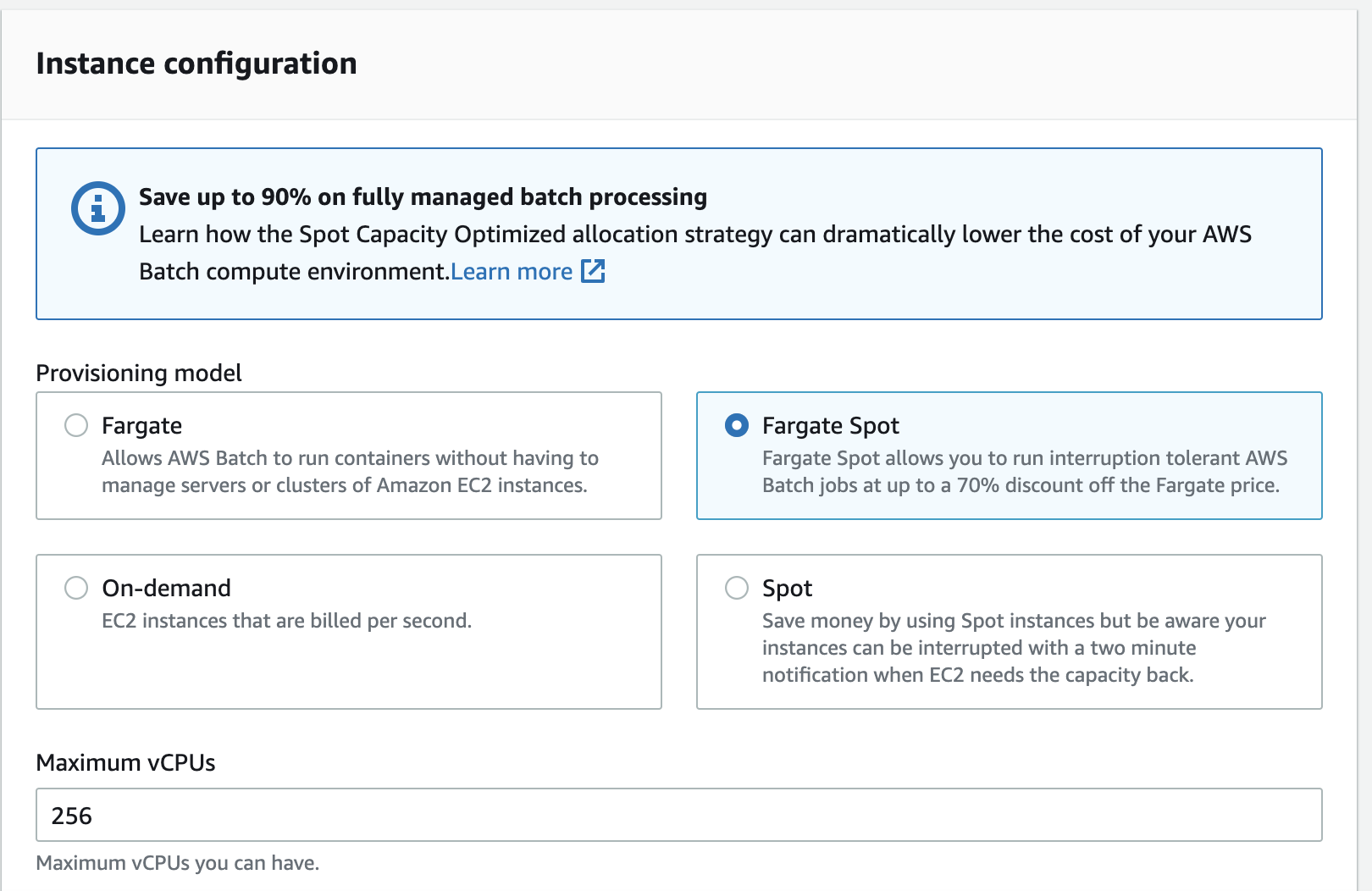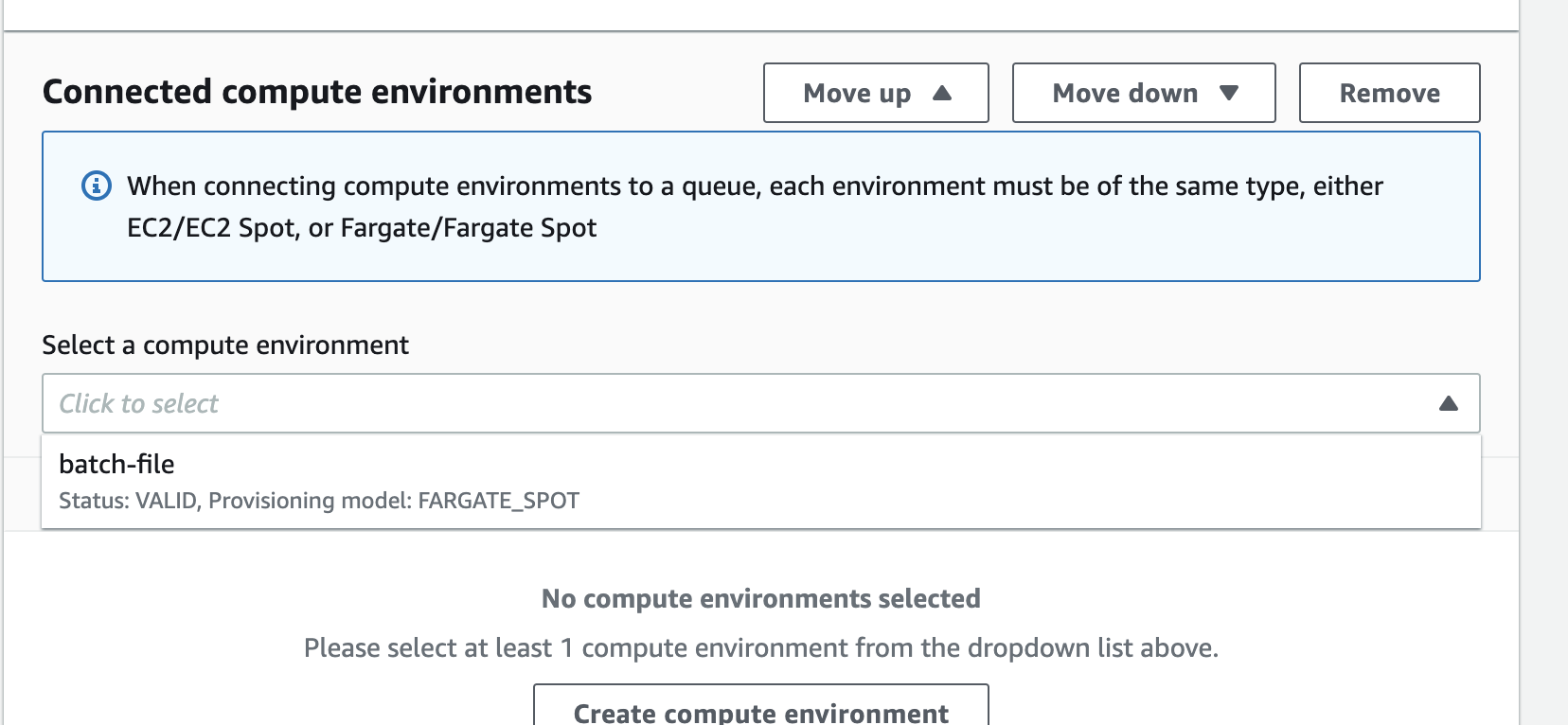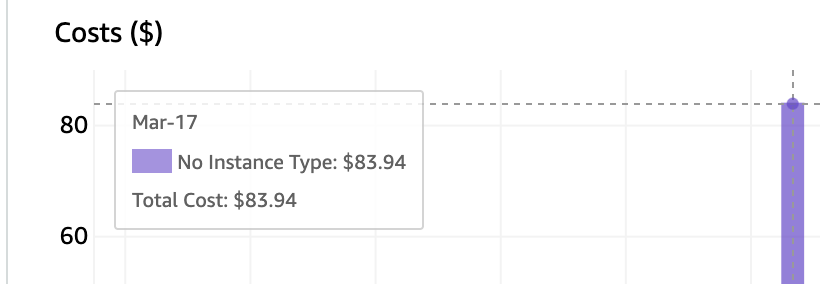
Quickly Scale Microservice in AWS
- 3 minsThe problem: Time and Money
My goal was to OCR about 3.5 million documents. To achieve this there were two major issues:
Cost
Top of the line managed OCR, like Google Cloud Vision can get pretty pricey at this scale. At about $1.50/1000 pages, this process could cost about $30,000 or more on Google’s service.
Speed
To use an open source software, like tesseract, is incredibly slow to run on a single machine. On a running server ($) this process would have taken about 6 months on a single node.
The Options
SQS + ECS
The first solution to this problem was to create a queue of tasks and ship them to a cluster of ECS tasks. Having not much experience with queueing, this would involve the manual process of creating a processing queue, connecting it to ECS, monitoring the queue and configuring things like retry functions. To achieve my goal of high-volume scaling, this would also involve learning how to tie ECS task count to SQS queue length. Something worth learning, but I wanted to feel confident in the autoscaling configurations.
AWS Batch
I am generally skeptical of AWS managed products, but this is exactly what I was looking for. A tool that integrates both SQS ECS seamlessly together. The best part is the scaling, simple resource configuration, and easy selection of spot instances for cost savings.
How
Follow along with the app that I made here
Step 1: Create app and Docker file
One should be familiar with the fundamentals of making a docker app. In my case here was the Dockerfile for the app. As an aside, I really enjoyed the experience of using the very good Poetry dependency manager.
Step 2: Push Docker image to ECR
There are a couple prerequisite steps that go into this, but it is very easy to set up a ECR repo in your aws account. After that one only needs to run a couple simple scripts to build and push a docker image to the repository.
Step 3: Create AWS Batch compute environment (CONSOLE)
Getting into the meat of AWS Batch itself, it is pretty easy to do in the AWS console, but after an initial trial run, I found it much faster to iterate on versions using the boto3 python package.
-
Name environment. link role
-
Use Fargate Spot

That’s it!
Step 4: Create AWS Batch job queue (CONSOLE)
A very simple initial configuration:
- Name queue
- Connect to your previously created compute environment

Step 5: Register Batch job definition (Boto3)
This is probably the trickiest part. The core attributes of the job definition are:
- Attach IAM role associated with the job
- Environment variable for your container. I think this is the easiest way to pass parameters from the queue to the application.
Optional: Retry strategy and container configuration also available.
My script for configuring job definition found here
Step 6: Submit Batch job for execution (Boto3)
My script for iterating on my target bucket and submitting objects to the batch processor. What this script does is iterate over a target s3 bucket and create items in the job queue for processing. Importantly, this is where environment variables are passed to the docker container.
Results
Speed
The entire batch process took less than 2 days.
Cost
Using spot instances, the total cost was less than $100.

